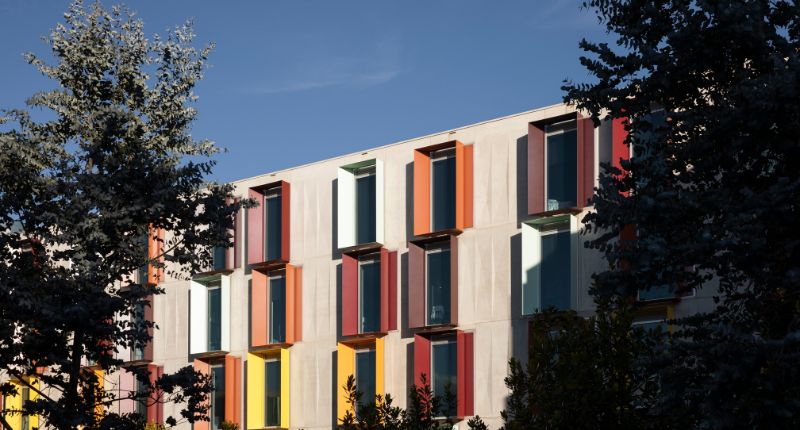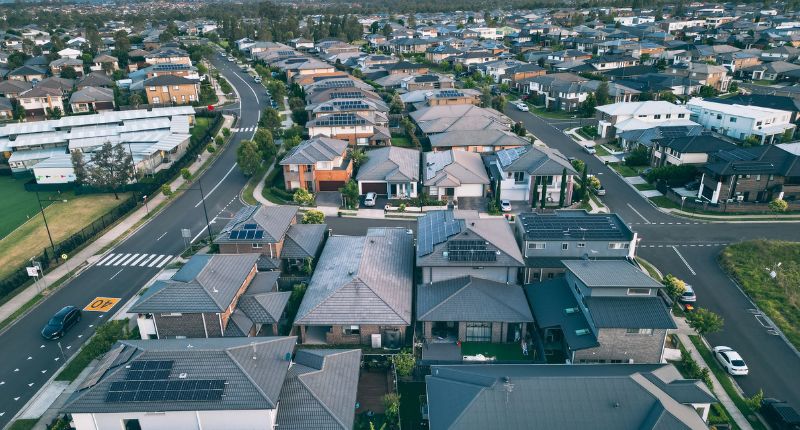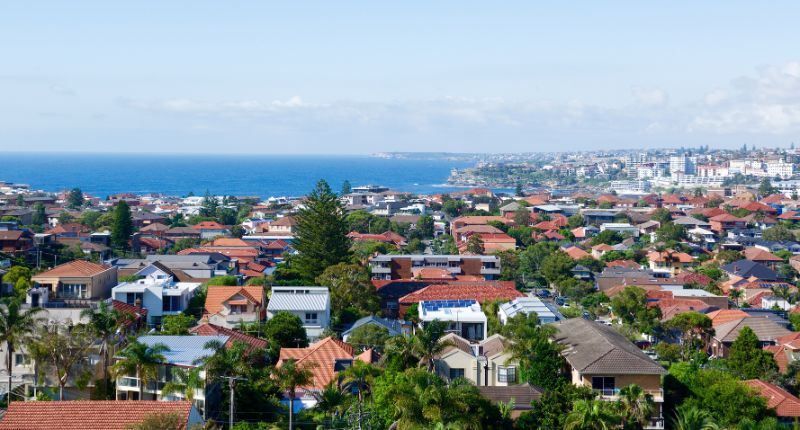- The NHFIC has forecast a housing deficit of 175,000 by 2027.
- Units have historically accounted for just over two in five new housing completions across Australia.
- Completions for the March quarter of 2023 only comprised 37.1%.
Medium-density and high-density housing has become an increasingly vital part of the Australian real estate market.
A looming housing deficit was originally forecast by the National Housing Finance and Investment Corporation (NHFIC) to be 106,300 but was more recently revised up to 175,000. Furthermore, nearly three-fifths (59%) of the shortfall is expected to be in the unit market.
The state of Australia’s unit market
According to CoreLogic, units were estimated to comprise just over a quarter (25.9%) of national housing stock in August, and around 30.4% of capital city housing stock.
This is notably up from 2010 when less than one in five homes (19.6%) were units, and they only made up 22.9% of capital city stock.
Falling unit approvals and completions
Unit building approvals fell 19.9% from the month prior in July this year, with the 4,490 units approved also coming in at 39.8% below the decade average.
“Excluding a handful of volatile months, the trend in new unit approvals has largely held below the decade average since mid-2018 and well below the trend in house approvals since late 2017,” observed CoreLogic economist, Kaytlin Ezzy.
National monthly housing approval by property type

The unit market weakness was also noted in the ABS’ new housing completions figures.
While houses were generally on par with the decade average, units did not fare so well. Over the past 10 years, units made up circa 41.7% of total new housing completions nationally. Over the march quarter of 2023, units only comprised 37.1% of completions, some 27.1% below the decade average.
National quarterly housing completion by property type

Can we just build more?
The current environment is not conducive to construction, noted Ezzy.
“Despite surging demand, developers and consumers alike are exercising a more cautious approach in light of uncertain economic conditions, weaker capital gains, high construction costs, a tight labourmarket for trades and rising interest rates,” she said.
“With fewer unit projects set to move through the construction pipeline, it’s likely completions will continue to ease, with units making up asmaller portion of new housing stock over the coming years.”
It is not always a case of building higher either, with the economics of building taller, larger buildings becoming as bewildering as their height.
More units are, however, on the horizon, with Ezzy noting that while completions and approvals are low, the pipeline of unit projects yet to be completed is relatively high.
“Unit commencements have shot up from 12,782 in the December quarter of last year to 19,981 through the first quarter of 2023,” she said.
“Constraints across the building sector have meant the number of units approved but yet to be completed have swelled to over 158,000 as of March this year.
“However, both unit commencements and the total number of approved units yet to be completed, remain below the highs of the mid-2010s.”
Demand driven by population growth
Strong levels of net overseas migration has heaped pressure onto the demand side of the housing equation.
Ezzy recounted ABS numbers, which found that in the year to March 2023, net overseas migration reached a new record high, with 454,400 people added to Australia’s population.
“At the current average household size, this equates to an additional 181,723 households.”

What’s next for units?
“At the moment, an elevated pipeline of units under construction, high interest rates and low consumer sentiment could temper unit demand and price growth,” said Ezzy.
“But once the pipeline is worked through, Australia faces a relatively low number of approved projects, which may create a temporary vacuum in new unit supply.
“With the cash rate potentially easing in 2024, greater purchasing demand could fuel a stronger price boom in the unit market at this time,” she concluded.








